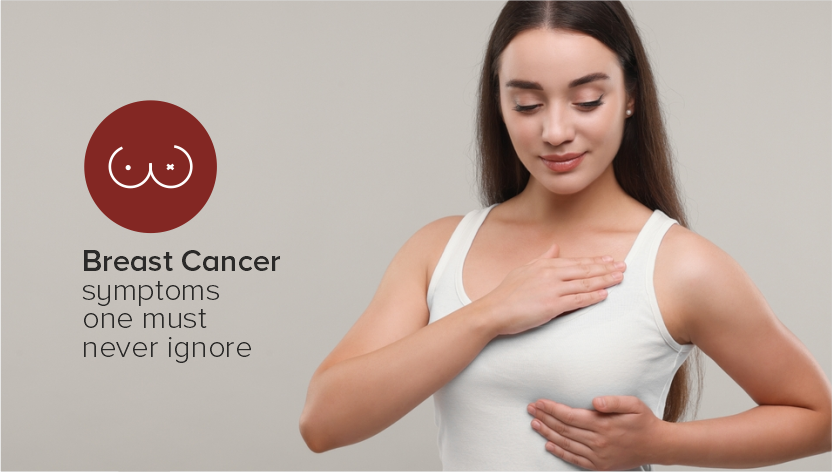The secret to effective therapy is early diagnosis. When it comes to breast cancer, the strongest defence is early detection. The disease's symptoms, however, are frequently modest and easy to miss. Interestingly when doing routine tasks like taking a shower, putting on deodorant, or even scratching, the great majority of breast cancers are discovered.
